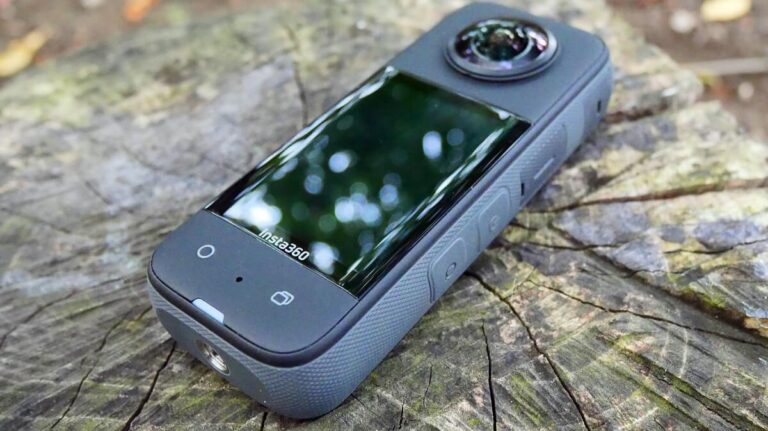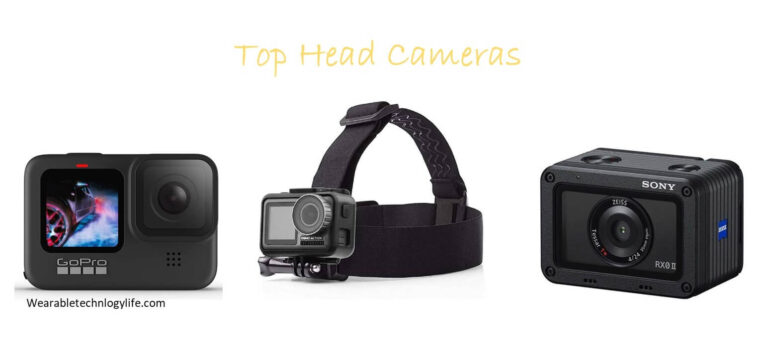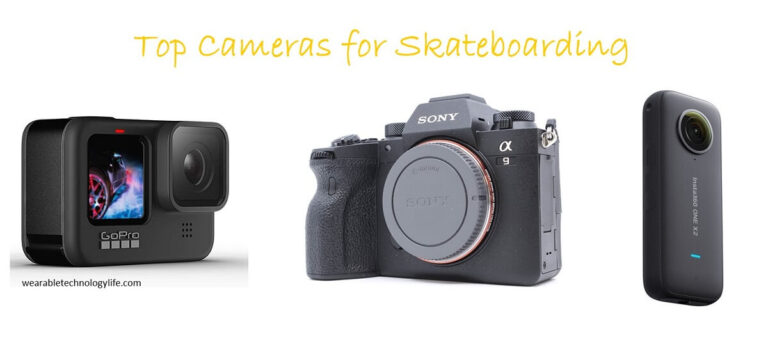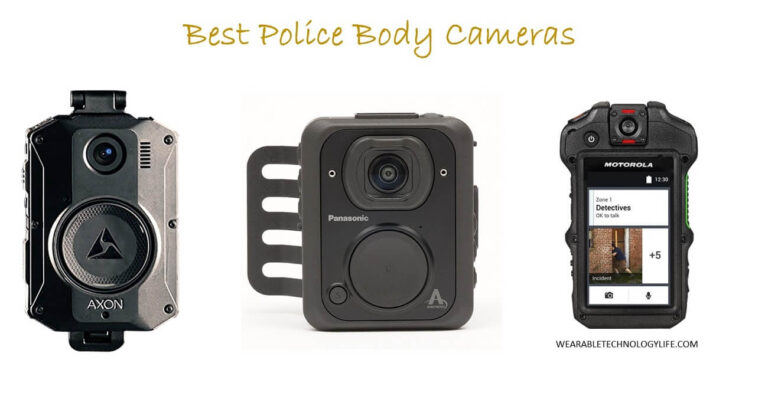How to Attach a GoPro to a Helmet (A Step by Step Guide)
If you’re an adventure junkie like me, you probably want to capture every adrenaline-pumping moment on your GoPro camera.
Holding the action camera in your hand while you ride a mountain bike or go skiing can be cumbersome and dangerous. Fortunately, attaching a GoPro to your helmet is an excellent way to capture your experience while keeping your hands free and your camera stable like a headlamp.
I’m going to walk you through the process of attaching a GoPro to your helmet. Whether you’re an extreme sports enthusiast or a fitness maniac, this guide will help you securely attach your camera to your helmet and capture the perfect shot every time.
Before we dive into the specifics of how to attach GoPro to a helmet, it’s essential to understand why this is a useful technique. By attaching your camera to your helmet, you can capture high-quality, stable footage of your adventures without worrying about the camera getting in your way or getting damaged.
Helmet-mounted cameras also provide a unique perspective, giving viewers a first-person view of your adventure that’s immersive and exciting.
I’ll cover all the necessary steps involved in attaching a GoPro camera to your helmet, including choosing the right mount, preparing the helmet and mount, and mounting the camera itself.
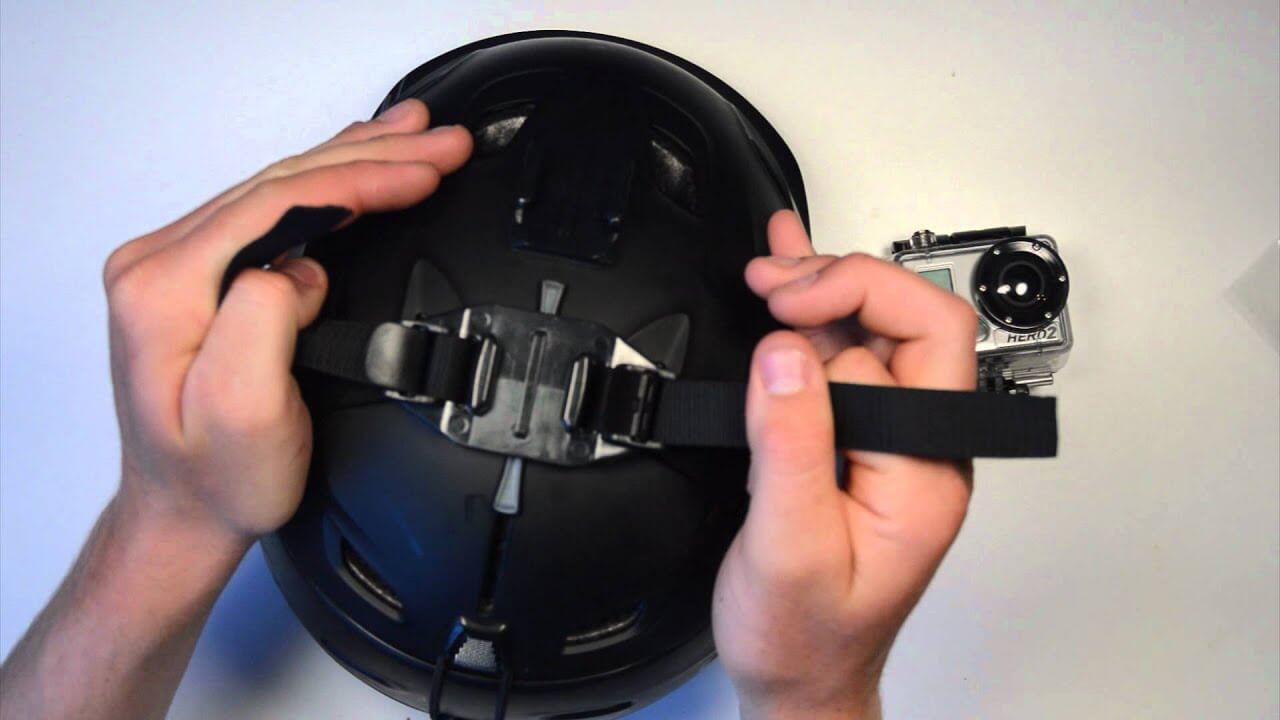
I’ll also provide tips on ensuring safety when using a helmet-mounted camera, as well as recommendations for the best practices to get the most out of your new setup.
Steps of Attaching a GoPro to Helmet
1. Assessing Your Helmet
Before you begin attaching your GoPro to your helmet, it’s essential to assess your helmet to ensure that it’s compatible and safe to use.
Here are some steps I recommend taking to evaluate your helmet before proceeding:
- Determine the type of helmet you have. Different helmets may have different shapes, sizes, and mounting options, so understanding what type of helmet you have will help you choose the right mounting option for your camera.
- Check your helmet’s compatibility with a GoPro camera. Many helmet manufacturers provide compatible GoPro mounts, so it’s worth checking to see if your helmet has this option. You can also research online to see if there are any third-party mounts that are compatible with your helmet.
- Evaluate the structural integrity of your helmet. Make sure that your helmet is in good condition and free of any cracks or damage that could impact its safety. A helmet that is in good condition will provide a secure foundation for attaching your camera.
Taking the time to assess your helmet before attaching your GoPro is crucial for ensuring your safety and the safety of those around you.
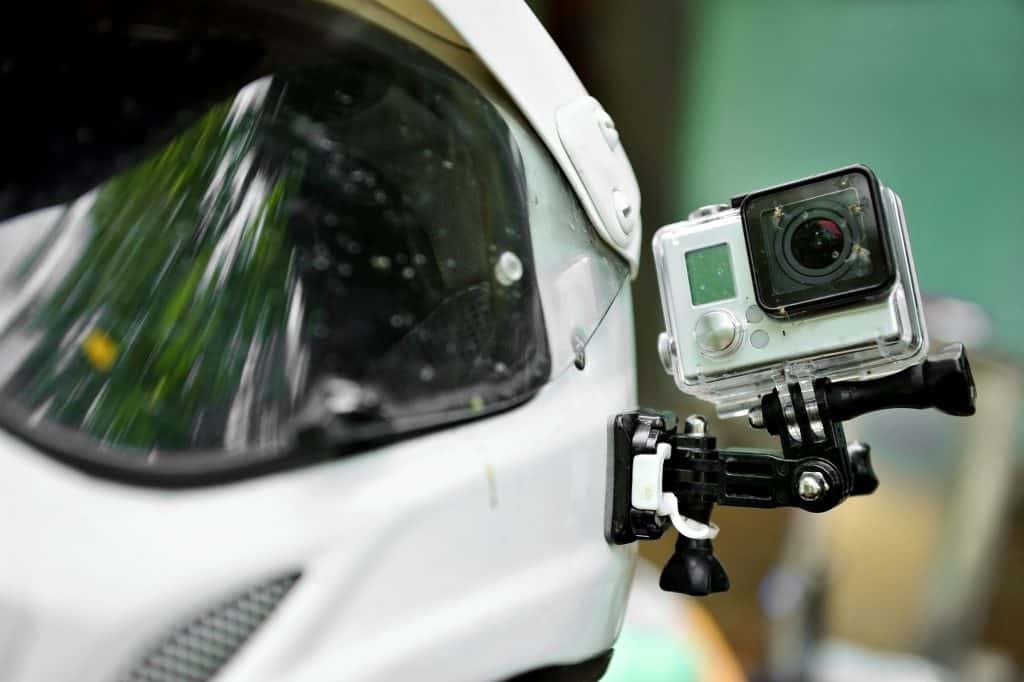
By following these steps, you can confidently proceed to the next step of choosing the right mount for your helmet and camera.
2. Choosing The Right Mount
Choosing the right mount is critical because it ensures that your camera is secure, stable, and in the optimal position to capture the footage you want.
Here are some factors to consider when selecting a mount:
i. Review the different types of mounts available. There are a variety of mounts available, including adhesive mounts, strap mounts, and clip mounts.
Each mount has its own advantages and disadvantages, and it’s important to choose the one that best fits your specific needs.
- Adhesive mounts are the most common type of mount and are ideal for smooth surfaces. They’re easy to attach and remove, making them a popular choice for helmets.
- Strap mounts, on the other hand, are versatile and can be used on helmets, backpacks, and other equipment. They’re particularly useful if you want to mount your camera in a variety of positions.
- Clip mounts are designed to clip onto your helmet and are great for action sports like skiing or snowboarding. They’re easy to attach and remove and can be positioned in a variety of ways.
ii. Consider the advantages and disadvantages of each mount type. Adhesive mounts are easy to use but can be difficult to remove without leaving residue.
Strap mounts are versatile but can be less stable than adhesive mounts. Clip mounts are easy to attach and remove but may not provide the most stable platform for your camera.
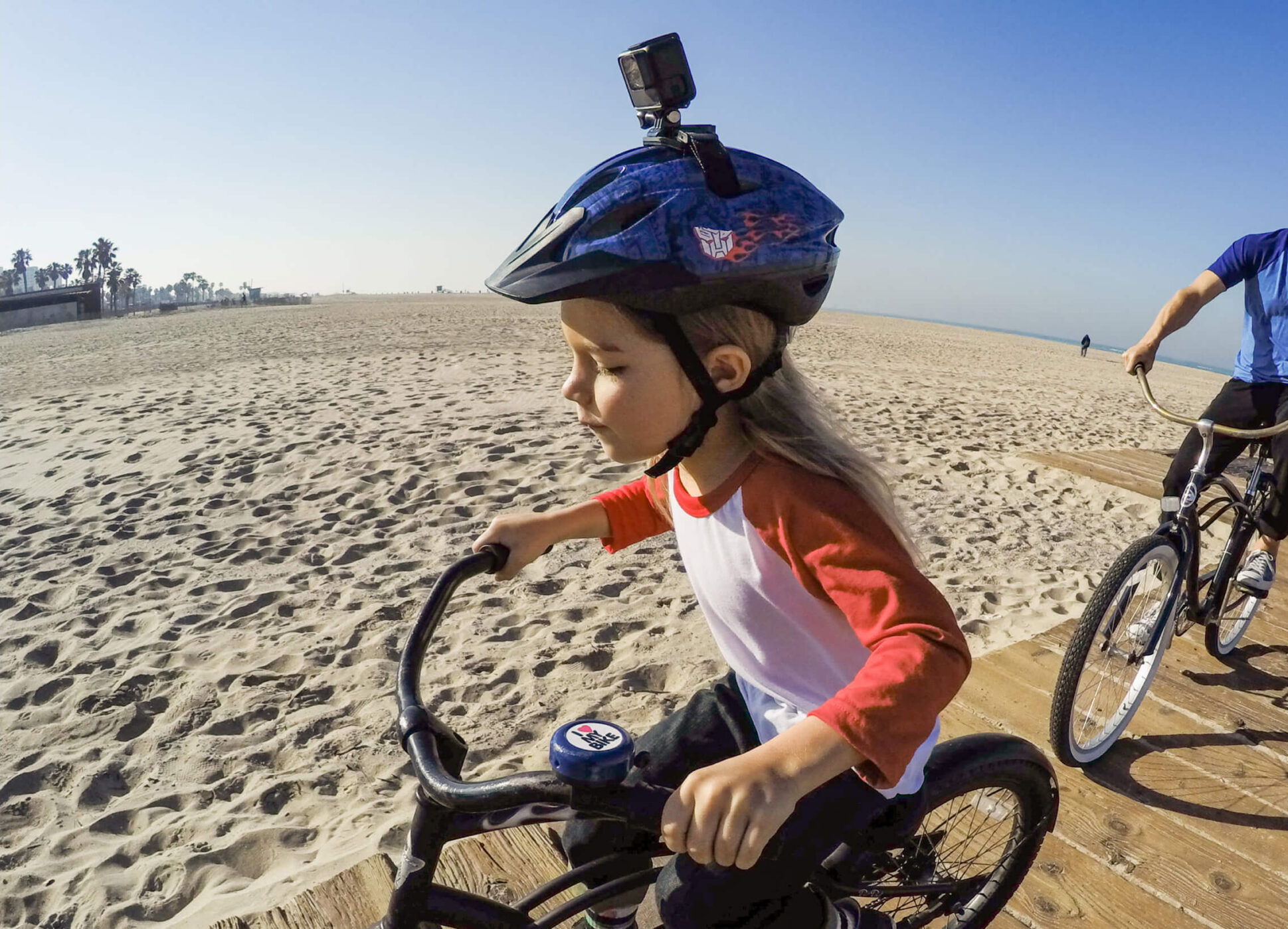
iii. Select the appropriate mount for your specific helmet. Consider the shape and size of your helmet, as well as the position you want your camera to be in.
It’s also essential to ensure that the mount you choose is compatible with your GoPro camera.
3. Preparing The Helmet And Mount
Once you’ve chosen the appropriate mount for your GoPro camera, it’s time to prepare your helmet and mount for attachment.
Here are some essential steps to take before attaching your camera:
- Ensure that your helmet is clean and free of any dirt or debris. Use a soft cloth or microfiber towel to clean the surface where you plan to attach the mount especially for adhensive mounts. This will ensure a strong and stable bond between your helmet and the mount.
- If you’re using an adhesive mount, make sure that you’re attaching it to a flat surface. Avoid attaching the mount to any curves or uneven surfaces as this can compromise the stability of your camera.
- If you’re using a strap or clip mount, adjust it to the appropriate length and position. This will ensure that your camera is stable and positioned in the optimal location to capture the footage you want.
- Make sure that the mount is securely attached to your helmet. Double-check that all screws and attachments are tight and in place. This will ensure that your camera is stable and won’t fall off during use.
- Attach your GoPro camera to the mount. Follow the manufacturer’s instructions to ensure that your camera is securely attached to the mount and that all connections are tight.
By taking these steps to prepare your helmet and mount, you’ll ensure that your camera is securely attached and that you can capture high-quality footage without worrying about your camera falling off or getting damaged.
You may also read our other review: Fitbit vs Halo
Remember to always check your mount and camera before use to ensure that everything is properly attached and stable.
4. How to Attach GoPro to Helmet
Now that you’ve prepared your helmet and mount, it’s time to attach your GoPro camera.
Here are the steps to follow to ensure that your camera is attached securely:
i. Make sure that your camera is turned off before attaching it to the mount. This will prevent any accidental recording or damage to the camera.
ii. Align the camera with the mount and securely attach it. Follow the manufacturer’s instructions to ensure that your camera is properly attached to the mount. Some mounts may require you to slide your camera into place, while others may require you to use screws to secure the camera in place.
iii. Double-check that your camera is securely attached to the mount. Gently shake your helmet to ensure that the camera is stable and won’t come loose during use.
iii. Adjust the camera’s position to achieve the desired angle and field of view. This will ensure that you capture the footage you want and that the camera is positioned in the most stable location.
iv. Turn on your camera and test it before use. Make sure that your camera is functioning properly and that you can see the footage you’re capturing. Test different angles and positions to ensure that your camera is capturing the footage you want. You may have someone help with confirming this when the helmet is placed on your head.
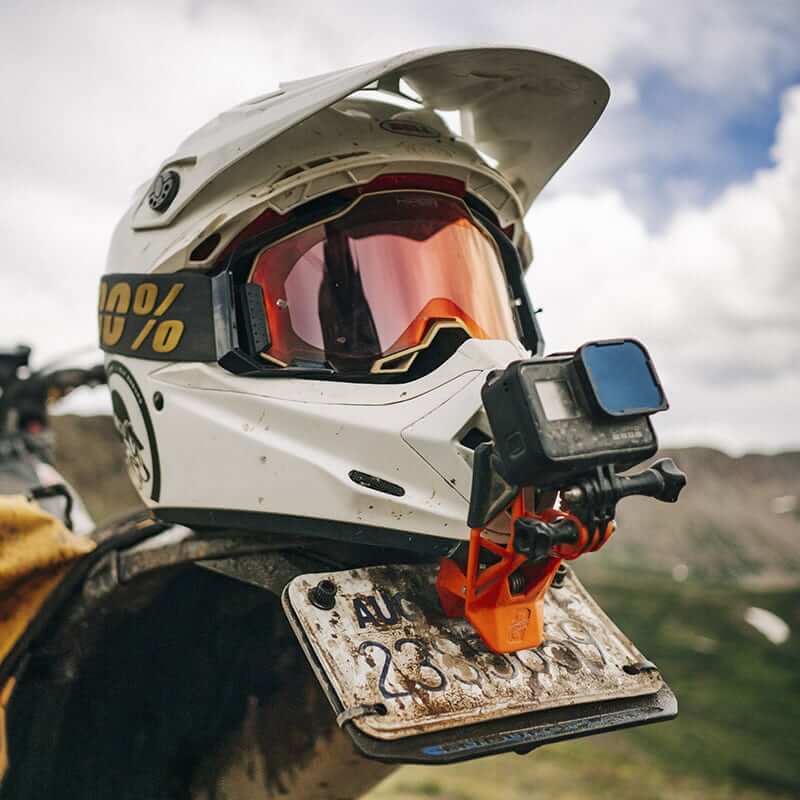
It’s important to note that while your camera may be securely attached, it’s still essential to take safety precautions while using your helmet and camera.
By following these steps and tips, you can confidently attach your GoPro camera to your helmet and capture high-quality footage while taking safety precautions to protect yourself and those around you.
Safety Considerations when Mounting GoPro
When it comes to attaching a GoPro camera to your helmet, it’s essential to prioritize safety. Here are some important safety considerations to keep in mind:
- Always wear appropriate safety gear, such as a helmet and protective clothing. A GoPro camera should never be used as a substitute for proper safety gear.
- Avoid attaching the camera in a way that could compromise your safety or stability. For example, avoid attaching the camera in a location that could obstruct your vision or cause discomfort while in use.
- Make sure that your camera and mount are securely attached before use. Double-check all attachments and screws to ensure that your camera won’t fall off during use.
- Be aware of your surroundings while using your camera. Avoid dangerous activities or situations that could compromise your safety or the safety of others around you.
- Avoid using your camera in extreme weather conditions, such as heavy rain or extreme heat. These conditions could damage your camera or compromise your safety.
- Avoid touching your camera while in use. This could compromise your stability or safety and result in damage to your camera or helmet.
- Be respectful of others’ privacy while using your camera. Avoid recording people without their consent or invading their personal space.
By keeping these safety considerations in mind, you can confidently use your GoPro camera while protecting yourself and those around you.
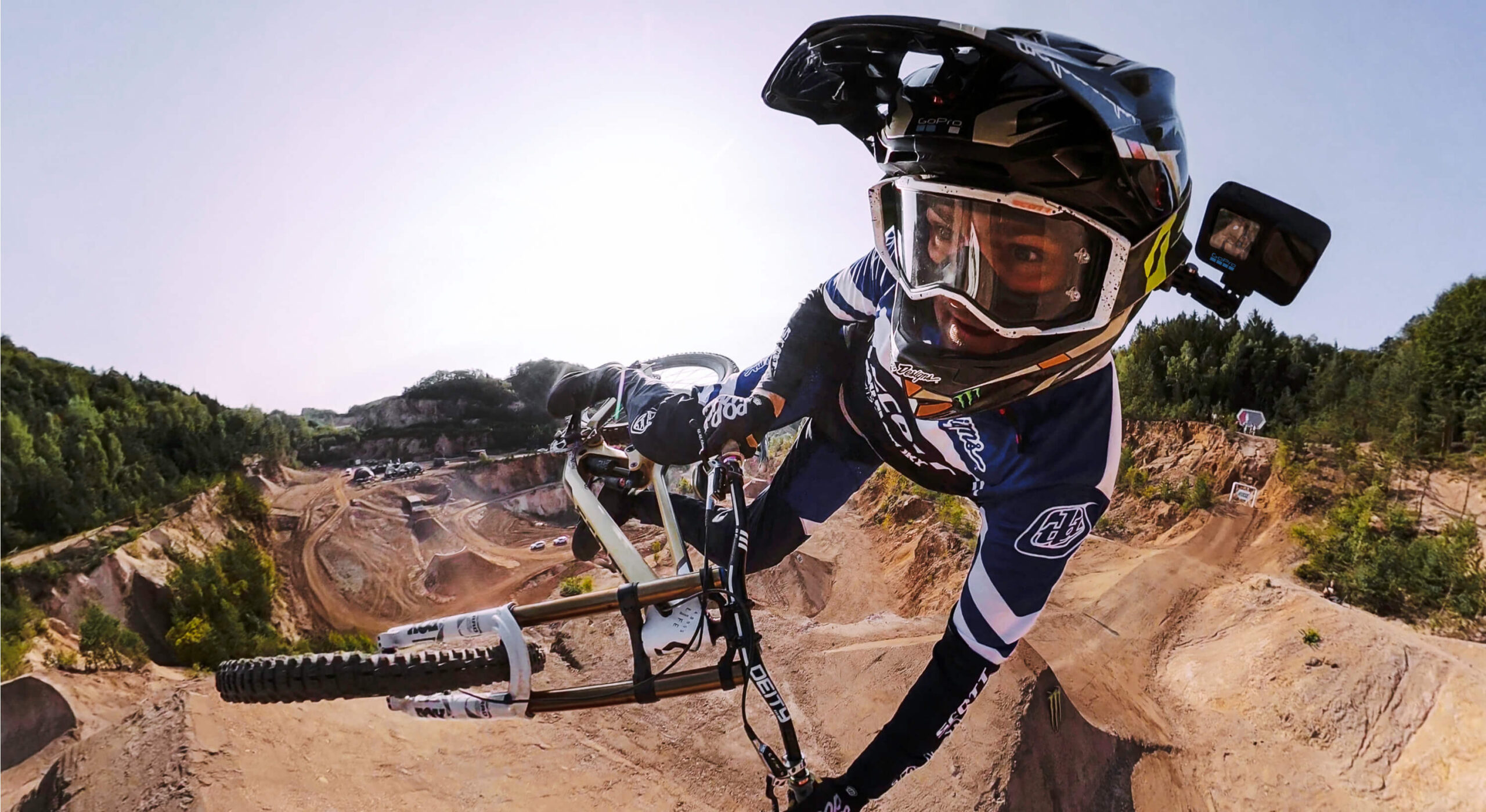
Always prioritize safety over capturing footage, and never compromise your safety or the safety of others for the sake of capturing a cool shot.
Closing Remarks
Attaching a GoPro camera to your helmet can be a great way to capture high-quality footage while engaging in your favorite activities.
By assessing your helmet and choosing the right mount, preparing your helmet and mount, and following the steps to mount your camera, you can confidently use your GoPro camera while protecting yourself and those around you.
Additionally, keeping safety considerations in mind and avoiding dangerous activities or situations will ensure that you can capture the footage you want while staying safe.
Remember, a GoPro camera should never be used as a substitute for proper safety gear, and safety should always be the top priority when using your camera. By following these steps and tips, you can create engaging content while protecting yourself and those around you.
So, go ahead and attach yourGoPro camera to your helmet, but make sure to prioritize safety and enjoy capturing those amazing moments!


